Estimated reading time: 9 minutes
I’ve been shooting for years now, and while that might not be a testament to my shooting skill, it is also a testament to my ability to pack a range bag. After years of just trying to carry my crap to the range in my bare hands, I realized that was a bit silly. I bought a range bag, and now, after a decade of using a range bag, I’ve gotten a pretty good idea of what belongs in one.
I’m not going to give the common-sense answers. We all know your range bag should contain your eyes and ears, ammo, spare magazines, etc. I’m not going to bore you with the basics. But let’s go over a few things I think every range bag needs that aren’t so obvious.
Table of contents
Please learn from my experience as a poor planner and packer and from my mistakes. I aim to arm your range bag with items that do three things: first, solve problems, second, improve performance, and third, get you the most out of your time at the range. So here are nine things your range bag is missing.
Shot Timer In Your Range Bag
We have two ways of measuring objective performance at the shooting range. The first is targets. We can see where we hit and measure our accuracy pretty easily. The other means to measure performance is time. How fast can we accurately put holes in paper?
Shot timers measure that degree of performance. They record shots and assign them a time. They can record the time between shots and the total time for a string of fire.

Shot timers are handy for measuring your ability to shoot. You’d be surprised how fast accuracy can fall apart when you’re trying to go fast.
A shot timer, a target, and plenty of ammo will make it a lot easier for you to learn to shoot quickly and accurately. I always have a shot timer and my goal is to constantly get faster and faster. Your range bag should never be without a shot timer.
Spare Optics Batteries
Modern optics are often at the mercy of batteries, specifically red dots. Red dots occupy spots on handguns, shotguns, and rifles; when the battery dies, they are useless. Getting the range and finding out your optic is useless can be very frustrating. With that in mind, you should take an inventory of your optics and the batteries they use.
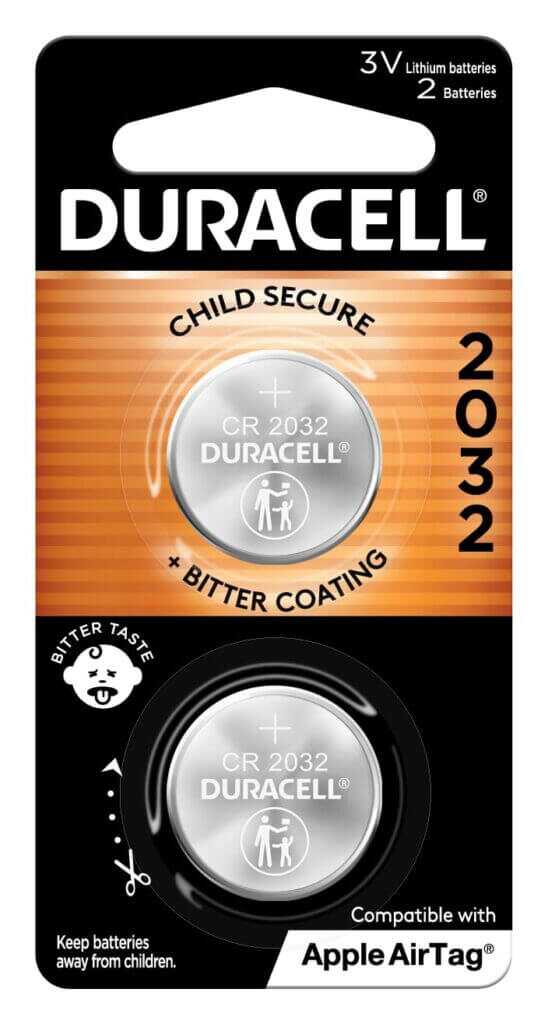
Go purchase spares, put them in your range bag, and forget all about them. Leave them there for that day you get to the range, and your optic refuses to come on. Keeping them sealed is smart and protects them from rust and corrosion.
Wheeler Compact Multitool
This thing has saved my bacon more than once while I was at the range. I can’t explain why scope mounts magically get loose at the range, why a castle nut gets loose, or why your front sight will be off when you need it to be on target. It’s the bad luck fairy, I reckon.
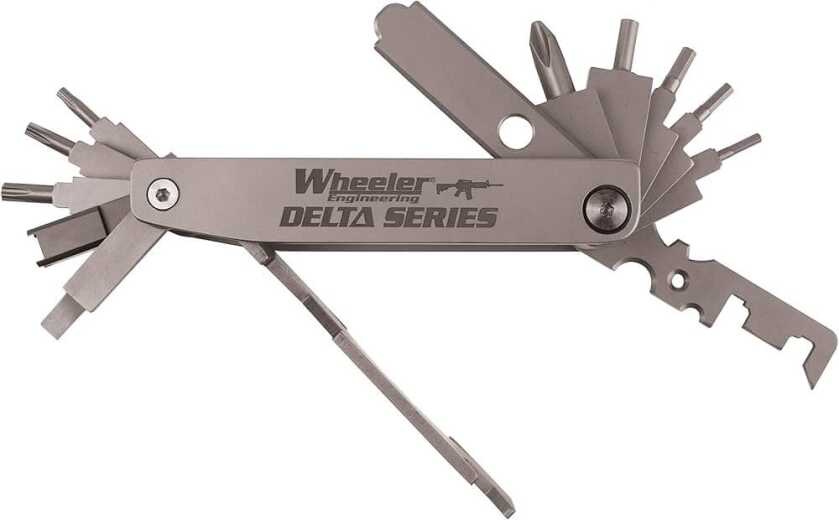
Luckily, if you have the Wheeler Compact Multitool, this isn’t a problem. This range bag-friendly Compact Multitool packs a total of 13 tools, and several of the tools have multiple purposes. The little tool is purpose-built for firearms work and just plain handy. I need to replace mine. I got a little overzealous with a stuck bolt and stripped one of my torx head drivers on the multitool.
A Range Bag Notebook
A small notebook can be a super handy piece of gear at the range. The notebook has two primary purposes, but it all comes down to one action. It records information. What the information concerns is where the notebook becomes handy. I use a notebook to record the time and accuracy of the drills I run. By recording the information, I’m able to track my performance, notice trends, and track my improvement, or lack thereof.
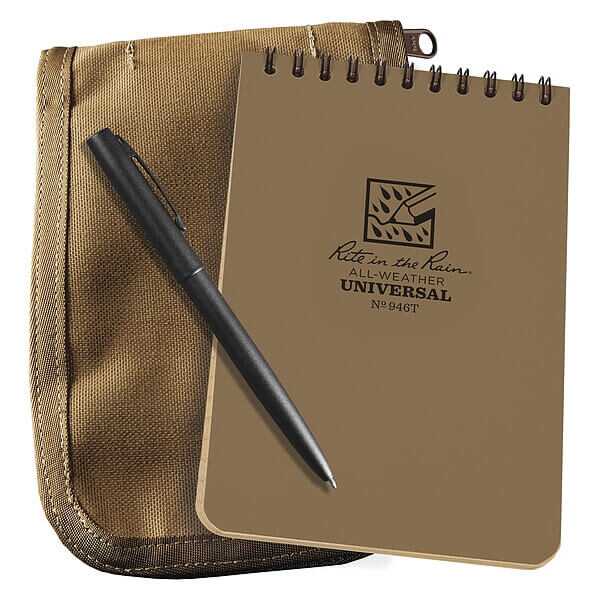
You can’t correct problems if you can’t recognize them. If I’m slow with a particular skill, I must pay attention and examine why. A notebook allows me to notice performance problems and record them. That’s the performance aspect.
The second is to notice problems with firearms, ammo, and magazines. I can record the loads my firearm shoots best, mark down reliability problems with specific magazines, and more. Once I’m off the range, I can look into these problems and address them as necessary.
Staple Gun
A staple gun can be another reduction in stress and frustration at the range. Have you ever been to a range with little metal clips to attach the paper to some form of backer or perhaps to just hang your target? Those are great until the wind blows, and the range is too cheap to give you more than two clips.
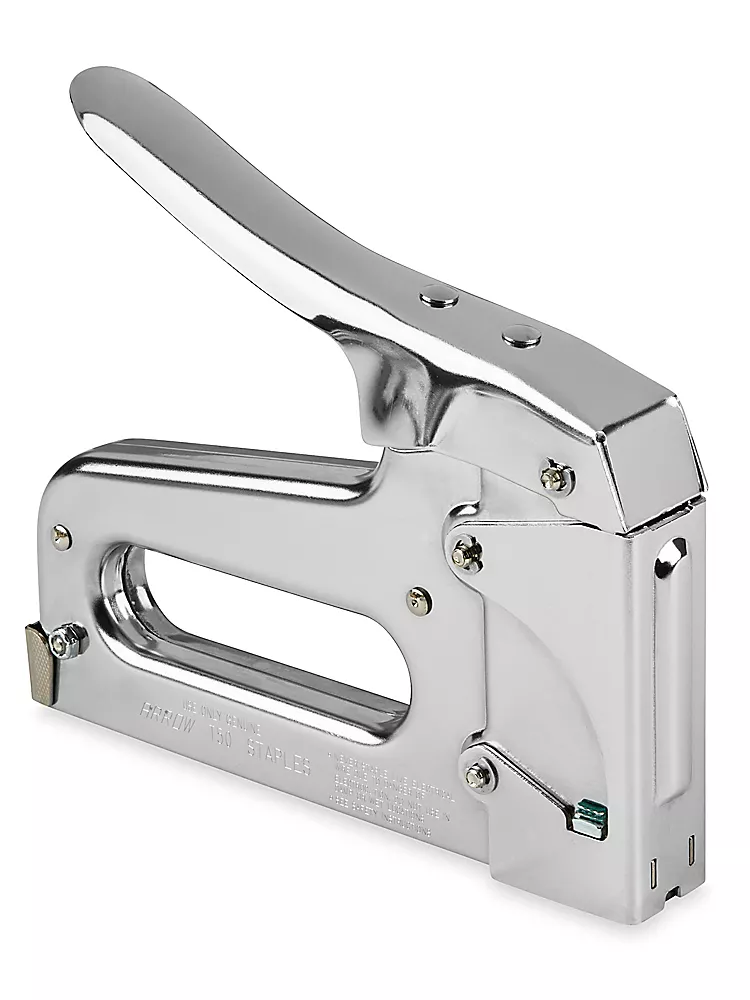
What about sticky targets? Again, they’re great until the target is wet or dirty, and they don’t stick. In these cases, that 10-dollar staple gun you tossed in your range bag becomes handy. You can staple up paper and sticky targets, as well as cardboard targets. Enough staples beats most breezes, and staples don’t make a fuss about being wet or dirty.
3-Inch Mini Targets
It doesn’t matter who makes them, but a roll of three-inch mini-targets can be a nice thing to have. Buy the roll of 500 targets, toss them in your range bag, and forget all about them. When you get to the range, start unpacking your gear, and realize you forgot your targets, you’ll be happy to have those mini-targets.

They are typically sticky. You can use them individually or put them together to create a larger target. Use your imagination, and they can be convenient little training tools.
Mini Dry Box
This one time, I was at the range shooting a Grand Power P1. If you’re not familiar with the Grand Power P1, it uses a rotating barrel rather than a short recoil system. I took it apart to show a friend the unique mechanism, and I’ll be damned if the thing wasn’t a huge hassle to put together. I ended up giving up on it at the range and putting the parts away. A frame and slide are big enough, but I didn’t want to lose the spring and barrel in the vastness of my messy range bag.
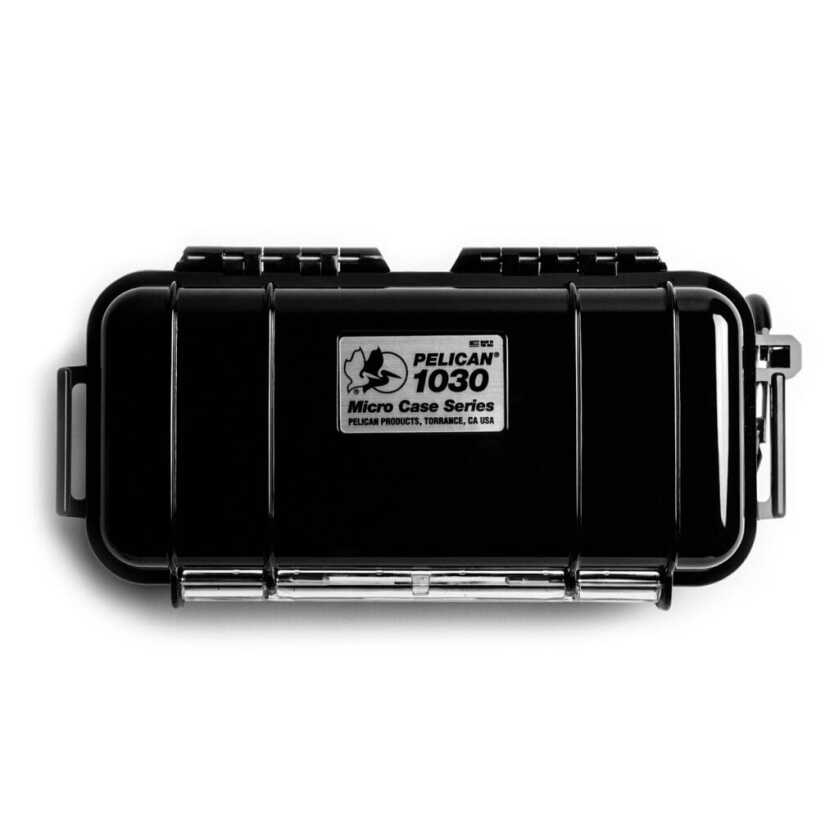
So, it got tucked into a little plastic Plano dry box. It’s great to have small parts on hand to avoid losing them. Sometimes, guns come apart, and they don’t go back together. Things happen and this dry box makes it easy for you to store those parts for repair. They’re cheap, fit easily in a range bag, and can be super handy for all kinds of stuff.
An IFAK
IFAK stands for Individual First Aid Kit. Admittedly, and thankfully, I’ve had a significant need for an IFAK in the range. Sure, I’ve burned myself slightly, gotten bit by bugs, and even got pegged by some spall off a steel target. My IFAK admittedly had band-aids, so most wounds were easily patched up. I keep an IFAK because bad things happen, and I want to be able to treat my wounds or the wounds of others.
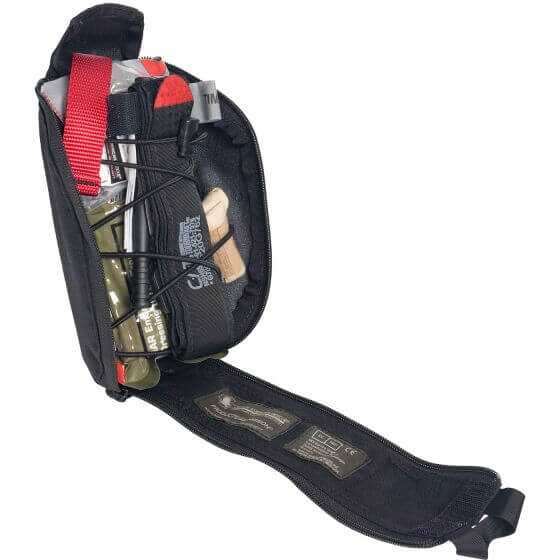
A lot of ranges are in the middle of nowhere, far from medical help. An IFAK allows you to treat any serious injuries immediately. The IFAK should pack a proper tourniquet, like a North American Rescue TQ, and things like H bandages, hemostatic gauze, and more should be packed up and left in the range bag at the ready, just in case. It could be the difference between life and death, and that’s not an exaggeration.
The Range Bag – More Than Ear Pro and Cleaning Kits
A good range bag is a terrible thing to waste. You need the necessities and the must-haves, like ear and eye protection, but I’m willing to bet your range bag is missing more than a few of the items I’ve listed above. You might not feel the need for all of them. Let us know below what you think belongs in a range bag.
*** Buy and Sell on GunsAmerica! ***


Binder clips to hold targets, and a small flashlight if shooting in an indoor range in the remote chance of power failure
Great list, thanks!
I’ll add: a small, clean tarp or heavy plastic to place gun parts, to sit/lay on, etc. to separate anything you want clean from the dirty ground, or wet surfaces.
Duct tape